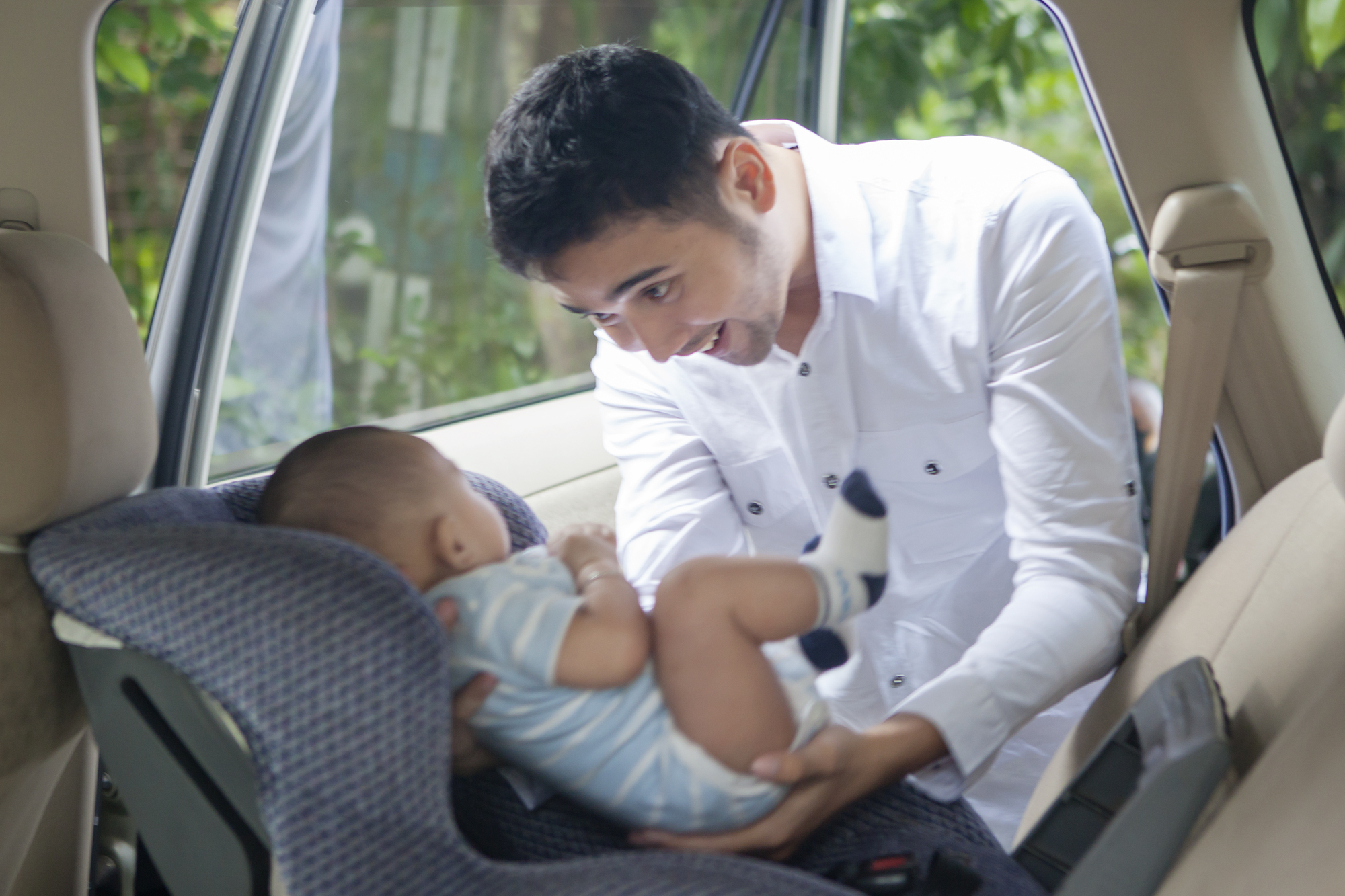Car Accident Lawyer
Ensuring the safety of one’s children is a top priority for parents. Car accidents are a leading cause of injury and death for children, making it crucial to take proactive measures to keep them safe on the road. as an experienced car accident lawyer – including those who practice at Council & Associates, LLC – can confirm, too many children suffer harm that is potentially preventable. By keeping specific tips in mind, parents can keep their kids safer while they’re traveling by road.
Proper Car Seat Usage
Using appropriate car seats and ensuring their proper installation is essential for child safety in vehicles:
- Choose the Right Car Seat: Select a car seat that is suitable for your child’s age, weight, and height. Infants should be placed in rear-facing car seats, while toddlers and older children should transition to forward-facing seats and eventually booster seats as they grow.
- Install Car Seats Correctly: Follow the manufacturer’s instructions to install the car seat properly. Ensure the seat is securely fastened, and there is minimal movement. Use the seat belt or LATCH system (Lower Anchors and Tethers for Children) to secure the car seat according to the instructions.
- Regularly Inspect and Adjust: Regularly inspect the car seat to ensure it is in good condition and adjust it as your child grows. Check the seat’s expiration date and replace it if necessary. Make adjustments to the harness or straps to ensure they are snug and secure on your child.
Eliminating Distractions
Minimizing distractions while driving is crucial to maintain focus and ensure the safety of your children:
- Avoid Phone Usage: Keep your phone out of reach or use a hands-free device when driving to prevent distractions. Texting, calling, or using social media can divert your attention from the road, increasing the risk of an accident. If necessary, pull over to a safe location to address any urgent matters.
- Limit Conversations: Engage in conversations with your children, but avoid prolonged discussions or emotionally charged conversations that can distract you from driving. Prioritize your attention on the road and save in-depth conversations for when you are parked or at home.
- Secure Loose Objects: Ensure that loose objects, such as toys, bags, or groceries, are properly secured to prevent them from becoming projectiles in the event of sudden stops or accidents. Stow items in the trunk or secure them with seat belts or cargo nets to minimize risks.
Teaching Safe Behaviors
In addition to taking preventive measures, it is important to teach children safe behaviors and set a positive example:
- Buckle Up and Stay Seated: Teach your children the importance of wearing seat belts and remaining seated properly throughout a journey. Ensure they understand that it is unsafe to unbuckle or move around while the vehicle is in motion.
- Traffic Rules and Road Safety: Educate children about basic traffic rules, such as looking both ways before crossing the road, using crosswalks, and following pedestrian signals. Reinforce the importance of staying on sidewalks and not running into the street.
- Be a Role Model: As parents, model safe driving behaviors by obeying traffic laws, wearing seat belts, and avoiding reckless maneuvers. Children are more likely to adopt safe behaviors when they see their parents consistently practicing them.
Keeping children safe while driving is a responsibility that requires attention, adherence to safety guidelines, and proactive measures. By using appropriate car seats, eliminating distractions, and teaching safe behaviors, parents can significantly reduce the risks associated with driving. Remember, consistent implementation of these safety measures can help to instill good habits in children and contribute to their overall well-being on the road.

